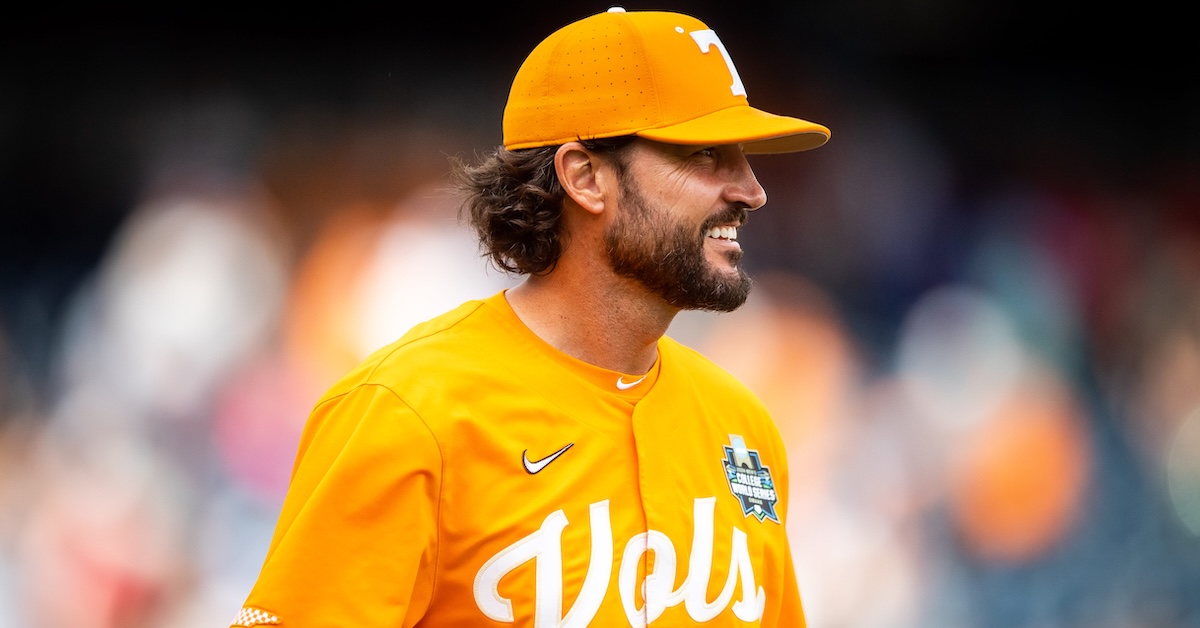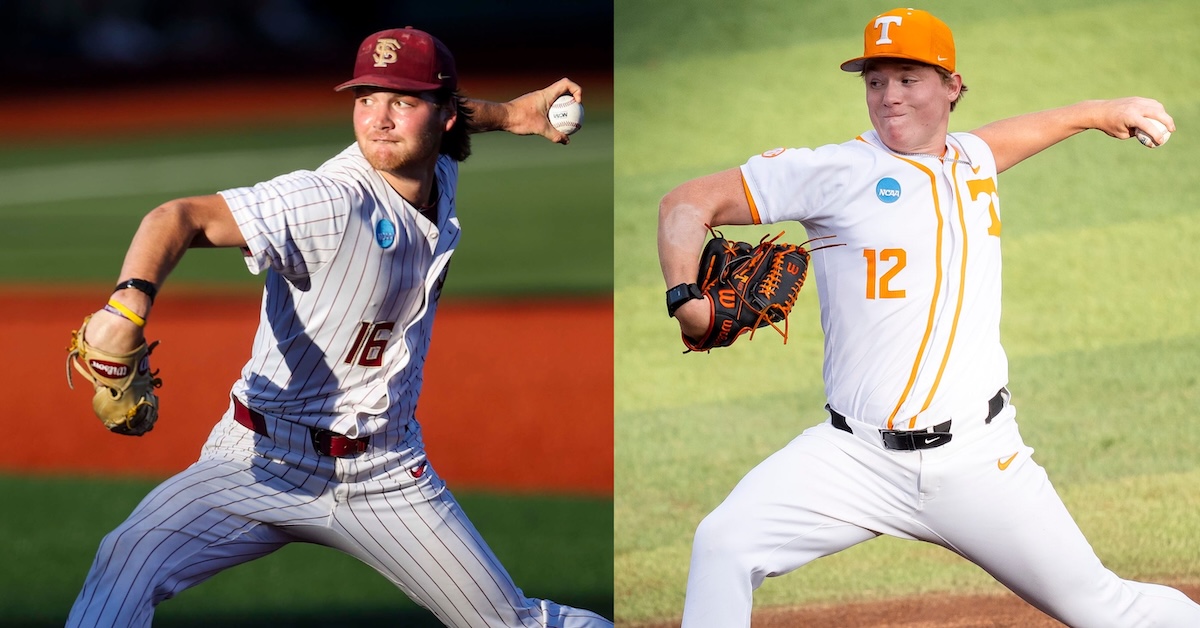The Giants Are Circling the Most Interesting Managerial Hire in Decades

Forgive me for getting excited about this one, because even in sports, it’s not every day that the most interesting outcome happens. But the Giants are, according to The Athletic, “closing in on” hiring a new manager: Tony Vitello.
Two offseasons ago, I wrote about the five categories of major league manager: The hot assistant to a successful skipper; the grizzled baseball lifer; the front office liaison; the recent ex-player who’d been talked up as a future coach since his late 20s; and Aaron Boone.
Vitello is none of those things. When I run the player linker for this post, Vitello’s name is not going to come up in bold. Not only has he never played in the majors, he’s never drawn a paycheck from a professional baseball team in any capacity — not as a player, or a coach, or a scout, or a special assistant. Read the rest of this entry »









